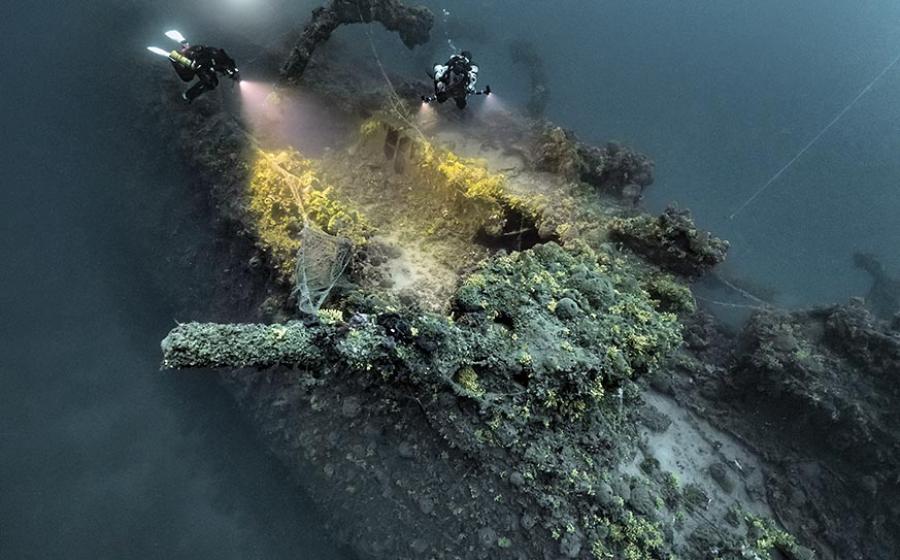How To Identify Rose Coral

Nicole HelgasonManicina areolata (Rose Coral)
The look of Manicina areolata can easily be confused for a juvenile maze coral (Meandrina meandrites) or juvenile boulder brain coral (Colpophyllia natans). When spotting this coral, it’s all in the shape, color and size.
Colonies of Manicina areolata — also known as rose coral — can grow into two distinct forms. The most common is a small, oval-shaped colony with a long continuous central valley and shorter valleys on each side. If you were to flip this coral upside down, or find an old skeleton, it would be cone shaped and attached to the rock in the center with a small stalk.
The second form is a dome or hemispherical shape. These colonies have more valleys and ridges winding through the coral. The ridges and valleys are often a different color than the rest of the coral.
Smaller oval colonies are between 2 and 6 inches wide, with the larger hemispherical colonies between 4 and 8 inches. Colonies larger than 8 inches are rare, whereas other corals such as Colpophyllia or Meandrina can be 3 feet wide or greater.
Manicina can span the spectrum of Caribbean colors: brown, green, cream, yellow or white. This coral is not particularly bright but still an interesting species to identify on your next dive. You can find Manicina in the shallowest parts of the reef, even while snorkeling, but this coral has a wide range of habitats and can be found down to 200 feet.










